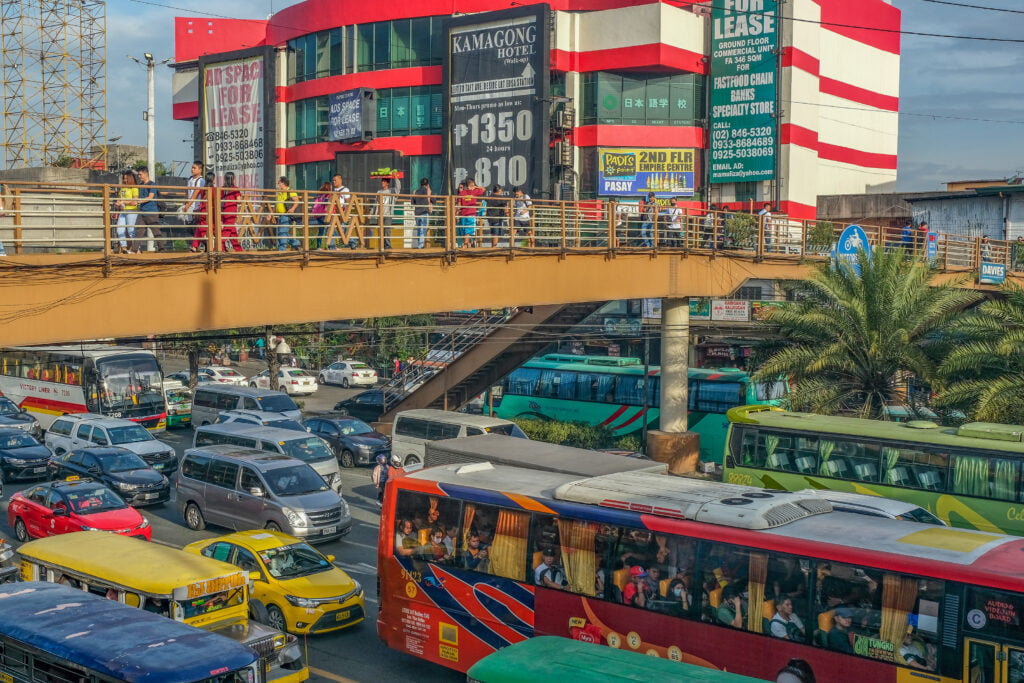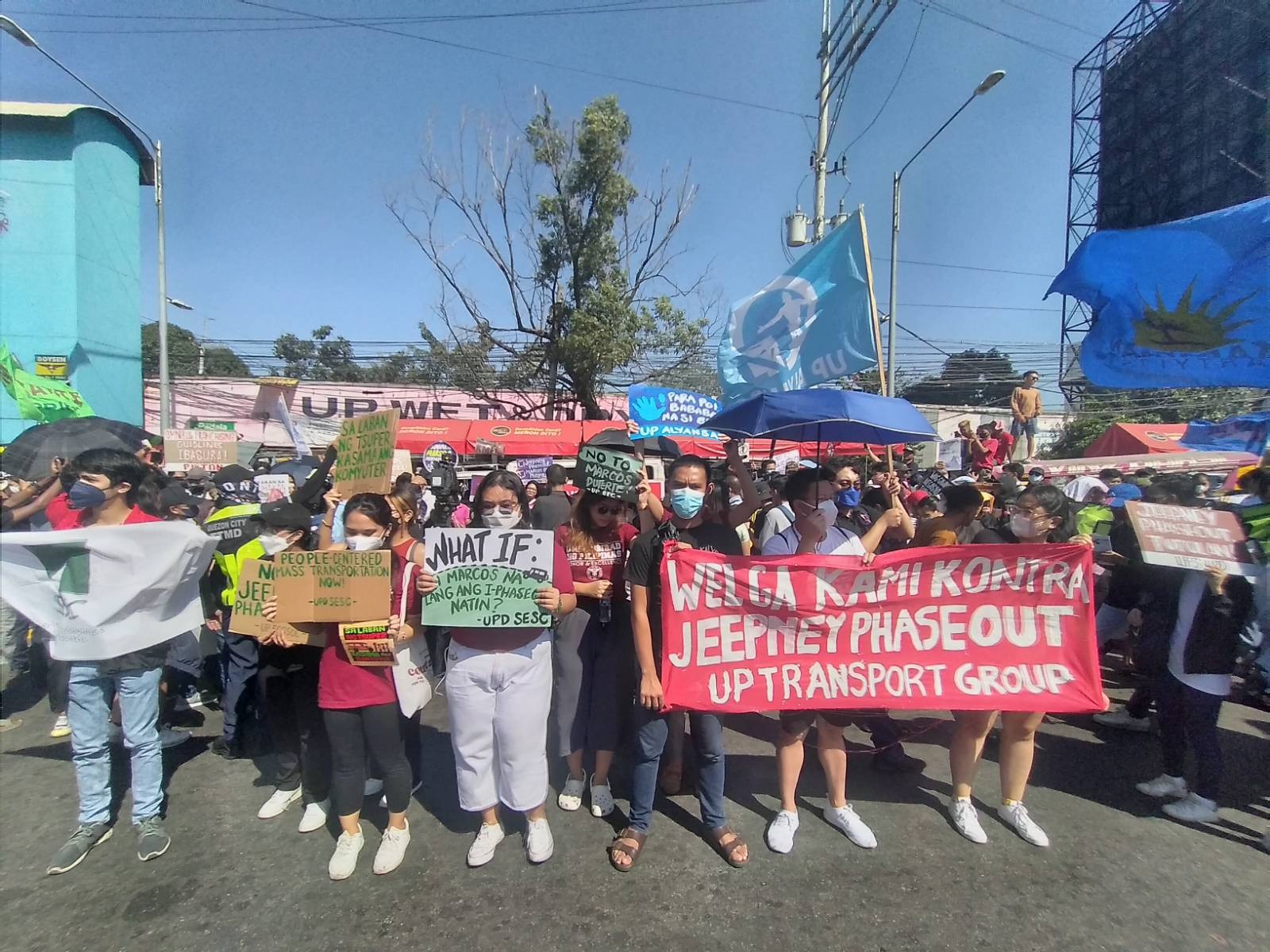Increase Your Organization with Transit Advertising Philippines
Increase Your Organization with Transit Advertising Philippines
Blog Article
Exactly How Transportation Advertising Can Change Mass Transit Spaces Into Dynamic Marketing Operatings Systems
Transportation marketing holds significant capacity to redefine public transportation areas into lively marketing platforms that educate and involve. As we discover the complex advantages and progressing approaches of transportation marketing, it increases the concern of how this transformation could redefine our interactions with both brand names and the city setting.
Advantages of Transportation Marketing

Additionally, transportation marketing is extremely affordable compared to standard media. It enables marketers to achieve high impressions at lower expenses, taking full advantage of return on investment. The restricted target market of travelers gives a possibility for brands to share their messages to individuals that are frequently receptive during their travel times.
Furthermore, the dynamic nature of transit advertising and marketing permits projects to be upgraded often, guaranteeing that messaging remains appropriate and prompt. This versatility can be crucial in reacting to market patterns or promotional occasions, maintaining the brand name top-of-mind for consumers. Finally, the pervasive visibility of transportation advertising and marketing adds to brand recall; repeated exposure within familiar travel contexts enhances brand name awareness and promotes customer commitment, inevitably driving sales and enhancing brand track record.
Kinds of Transportation Advertising
Mass transit systems offer different layouts for advertising and marketing, each dealing with various marketing techniques and audience interaction techniques. One famous kind is outside bus and train covers, which cover the whole lorry and develop a mobile signboard result, permitting high presence in urban environments. These wraps can catch focus as they go across active roads, reaching a diverse audience.
An additional preferred style is interior advertising, which consists of posters, electronic screens, and advertisements on transportation seats. These placements engage guests during their journey, enhancing brand messaging in a confined room. Digital shows, in particular, supply the benefit of dynamic web content, allowing advertisers to upgrade messages in real-time.
Station advertising and marketing is likewise significant, including posters, banners, and interactive booths within transportation stations. These advertisements utilize foot website traffic and can target certain demographics based on area.
Lastly, advertising partnerships with transportation authorities can result in unique projects, such as themed transit experiences or events, boosting the general engagement with commuters. Each kind of transit advertising and marketing provides distinctive benefits, permitting brands to tailor their strategy to successfully reach their target audience within the general public transport environment.
Involving Commuters Effectively
Travelers are significantly swamped with marketing messages during their daily travels, making it crucial for brand names to involve them in innovative methods. To record attention in this congested great post to read room, marketers must prioritize creative thinking and importance. Utilizing distinctive visuals and concise messaging can considerably improve the chance of engagement.
Interactive elements, such as QR codes or enhanced truth attributes, can additionally transform static ads into immersive experiences, cultivating a much deeper link with the target market. Brand names should focus on dealing with commuters' requirements and passions, tailoring messages to resonate with their lifestyle, whether through promos for regional organizations or services created to boost their commuting experience.
Furthermore, timing plays a critical role; strategically putting advertisements throughout peak commuting hours can maximize exposure and influence. Involving commuters efficiently likewise includes leveraging social media sites assimilation, allowing travelers to share their promos or experiences directly from transit platforms, therefore intensifying brand name reach.
Basically, efficient interaction depends upon recognizing the commuter journey and creating compelling, interactive, and relevant advertising experiences that not only capture interest however also drive action and loyalty. By doing so, brand names can change mass transit right into a vibrant advertising system that resonates with its audience.

Measuring Marketing Effect
Just how can brands properly examine the effectiveness of their marketing campaign en route settings? Measuring the influence of transit advertising and marketing needs a multifaceted technique that combines qualitative and quantitative metrics. One widespread technique is tracking engagement via mobile analytics, where brands can assess foot web traffic patterns and app interactions before, during, and after projects.
Surveys can give important understandings into brand name recall and consumer view, enabling brand names to evaluate just how well their messages resonate with travelers. Additionally, checking social networks involvement related to certain projects can expose changes in public perception and brand conversation.

Moreover, teaming up look at here now with transit companies can boost dimension accuracy, as they frequently possess in-depth group data on ridership trends. By incorporating these methodologies, brands can establish a detailed understanding of their advertising performance, making sure that their projects not only reach yet likewise influence their target audiences successfully.
Future Trends in Transit Advertising And Marketing
A considerable shift is expected en route advertising as technological advancements and changing consumer behaviors improve the landscape. Transit Advertising Philippines. The assimilation of interactive media and digital display screens is anticipated to improve interaction, allowing brand names to supply dynamic content that reverberates with about his varied target markets. As mass transit systems embrace clever modern technology, advertisers will utilize real-time information analytics to tailor messages based on guest demographics and habits
Furthermore, augmented fact (AR) is positioned to reinvent the method commuters interact with advertisements. By providing immersive experiences, AR can transform an ordinary trip into an appealing narrative that records focus and promotes brand commitment. This development will likely encourage advertisers to develop even more experiential campaigns that drive consumer communication.
Sustainability is one more important fad affecting transit advertising. As ecological consciousness expands, brands will increasingly look for to line up with environment-friendly practices, making use of lasting materials and advertising eco-friendly initiatives within their projects.
Conclusion
In verdict, transportation advertising and marketing offers significant advantages by enhancing brand exposure and involving a restricted target market. As fads advance, the possibility for cutting-edge communications in between brand names and travelers is positioned to expand, making sure that transportation marketing stays a crucial element of contemporary advertising methods.
Transportation advertising and marketing holds substantial possibility to redefine public transport rooms right into lively marketing platforms that inform and involve. The prevalent visibility of transportation marketing contributes to brand name recall; duplicated exposure within familiar traveling contexts enhances brand name awareness and fosters customer loyalty, eventually driving sales and enhancing brand name credibility.
How can brands properly examine the efficiency of their advertising projects in transportation environments?In verdict, transportation marketing provides significant benefits by improving brand name exposure and engaging a captive target market. Transit Advertising Philippines. As fads progress, the capacity for ingenious interactions in between travelers and brands is poised to expand, guaranteeing that transit marketing remains an essential element of modern advertising and marketing techniques
Report this page